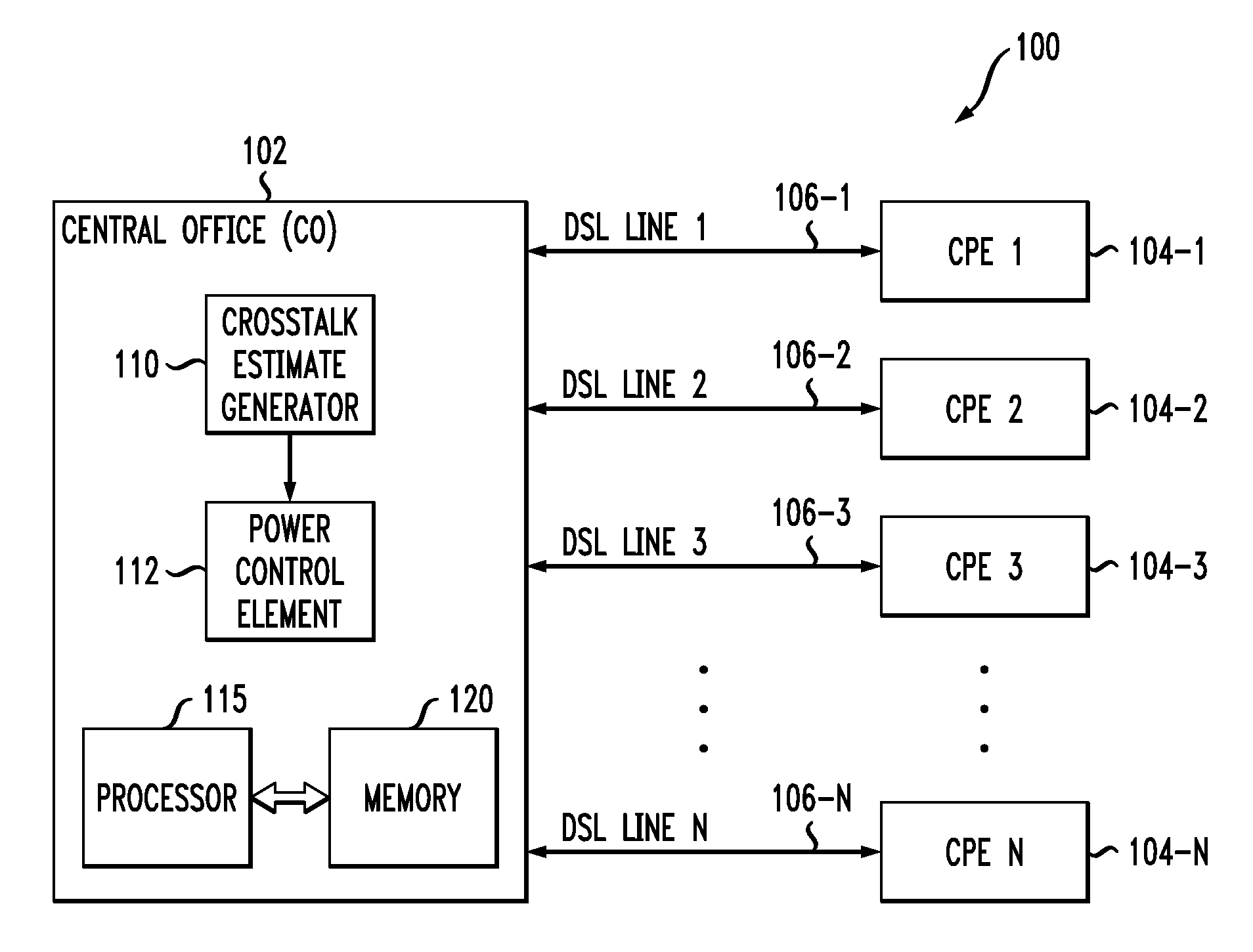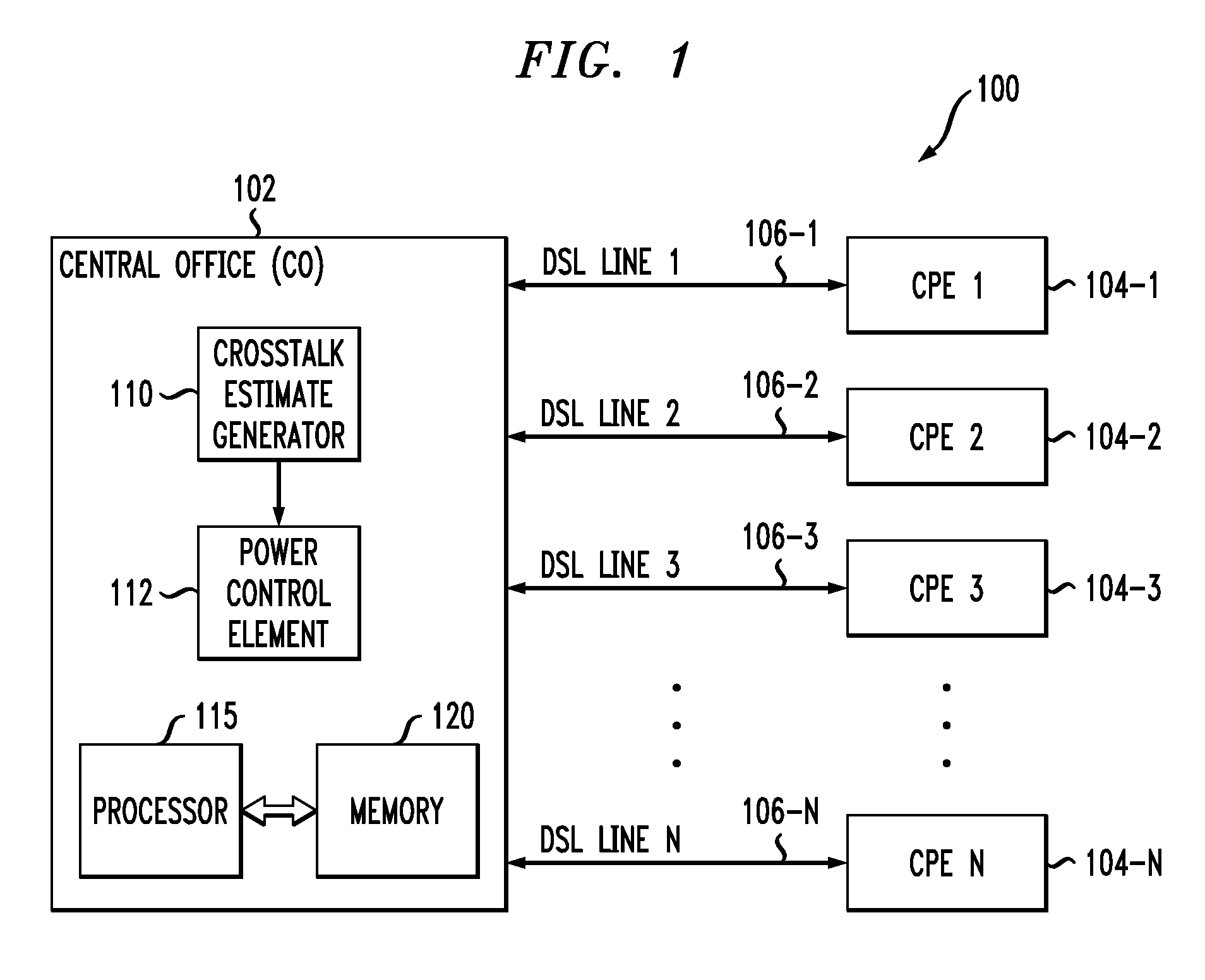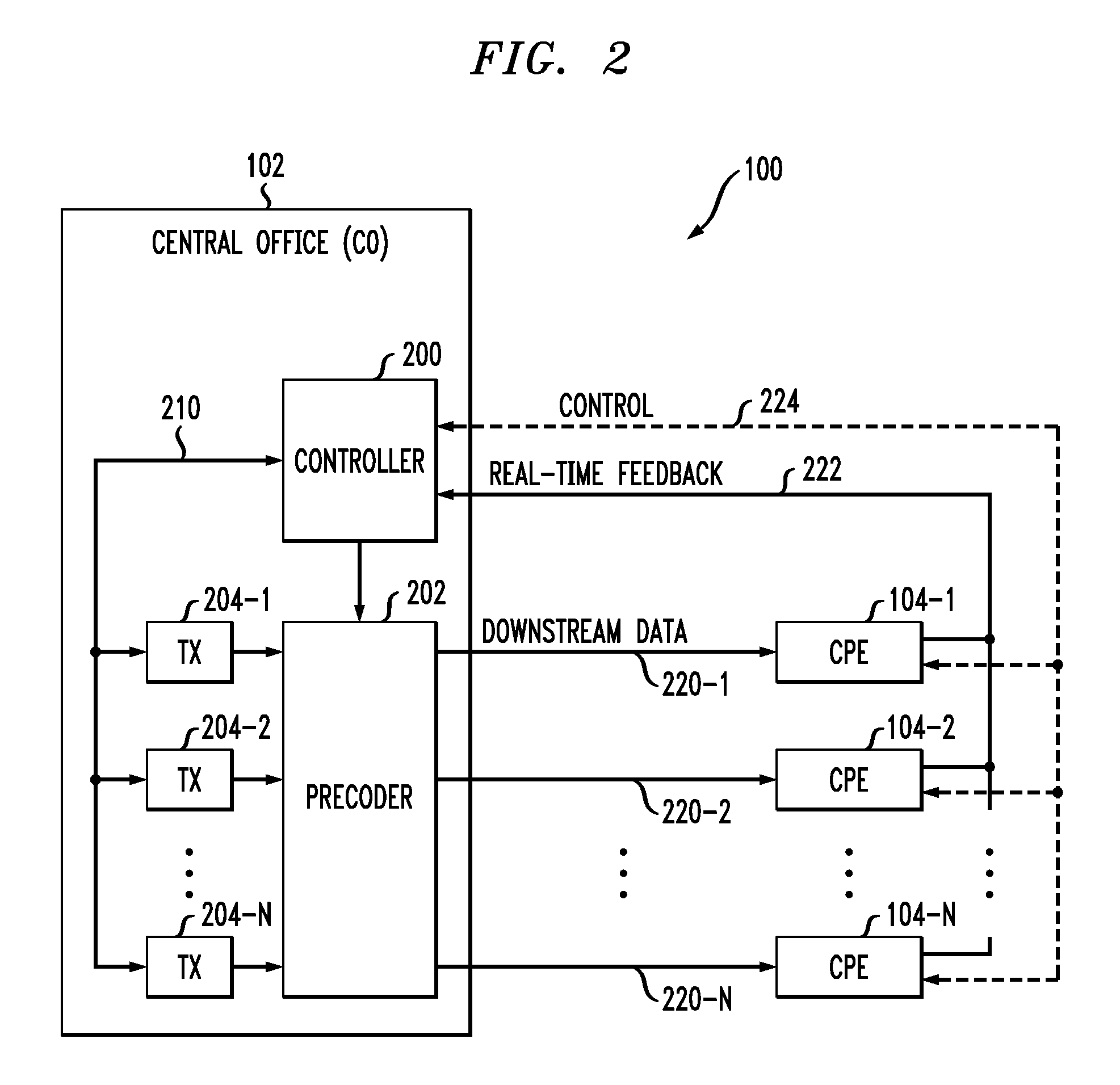Channel Estimation in a Multi-Channel Communication System Using Pilot Signals Having Quasi-Orthogonal Subpilots
a multi-channel communication and pilot signal technology, applied in the field of communication systems, can solve the problems of reducing the throughput performance of the system, affecting the speed of operation, and affecting the operation speed of the system, so as to achieve the effect of less time and enhanced speed of operation
- Summary
- Abstract
- Description
- Claims
- Application Information
AI Technical Summary
Benefits of technology
Problems solved by technology
Method used
Image
Examples
example 1
[0077]Let p=2 then
C={(0,0,0,0),(0,0,1,1),(1,1,0,0),(1,1,1,1)},
is a linear space of dimension 2 over F2. Let p=3 then
C={(0,0,0,0),(0,01,1),(0,0,2,2),(1,1,1,0), (2,2,2,0),(1,1,2,1),(1,1,0,2),(2,2,1,2),(2,2,0,1)},
is a linear space of dimension 2 over F3.
[0078]Definition 3 The component-wise product * between vectors c=(c1, . . . ,ct) and g=(g1, . . . ,gt) is equal to the vector h=(h1, . . . ,ht) defined by
hj=cjgj.
[0079]Definition 4 The inner product between vectors c=(c1, . . . ,ct) and g=(g1, . . . ,gt) over Fp is equal to
c1g1+ . . . +ctgt.
[0080]The inner product between complex vectors c=(c1, . . . ,ct) and g=(g1, . . . ,gt) is equal to c1*g1+ . . . +ct*gt.
[0081]Definition 5 The tensor product of two matrices A and B, with entries atj and btj respectively, is defined by
AB=[atjB].
[0082]Definition 6 A Hadamard matrix Hm of size m is a matrix with entries ±1 such that the inner product between any two rows of Hm is equal to zero.
example 2
[0083]H4=[11111-11-111-1-11-1-11]
[0084]Construction of orthogonal pilots with quasi-orthogonal subpilots can be done as described below.
[0085]1. Form quasi-orthogonal m-tuples (vectors) xj, j=1, . . . ,n / m, (m=pr), that is
|xi*xj|2=m / n2.
[0086]We assume here that xj are normalized such that ∥xj∥2=m / n. We explain later how to form the vectors xj. For the moment we assume that we already have these vectors.
[0087]2. Form m×m matrices Aj, j=1, . . . ,n / m, as follows. Let Vm be a unitary matrix of size m. The tth row at of Aj is obtained as the component-wise product of vectors xj and the tth row vt of Vm, that is
at=xj*vt.
[0088]In the case of using a general unitary matrix the components of the obtained pilots will be arbitrary complex numbers. In order to obtain pilots whose components belong to the set {1,−1,i,−i} if p=2 or have the form el−i2π / p if p≧3 we use a Hadamard matrix Hm as the matrix Vm if p=2. If p≧3 we use as the matrix Vm the tensor product
Vm=FpFprtimes,
where Fp is either t...
example 3
[0091]Let n=16,m=4. To form matrices Aj we choose a1=¼·(1,1,1,1), a2=¼·(1,−i,−i,−1), a3=¼·(1,−i,1,i), and a4=¼·(1,1,1,1). In this example m=n / m=4. We choose
V4=U4=H4=[h1h2h3h4]=[11111-11-111-1-11-1-11]
[0092]Then, for example, the matrix A2 has the form
[1-i-i-11i-i11-ii11ii-1].
[0093]The 4×16 matrices Bj have the following form
B1=hlA1=[A1,A1,A1,A1],
B2=h2A2=[A2,−A2,A2,−A2],
B3=h3A3=[A3,A3,−A3,−A3],
B4=h4A4=[A4,−A4,−A4,A4].
[0094]It is a straightforward matter to check that the obtained pilots, that is, the rows of Bj, have quasi-orthogonal subpilots.
[0095]One can also prove the following:
[0096]the rows of any Aj are orthogonal;
[0097]a row of Aj and a row of At, t≠j, are quasi-orthogonal;
[0098]subpilots of any two pilots given by respective rows of Bj and Bi are also quasi-orthogonal; that is if vr is a pilot given by a row of Bj and vl is a pilot given by a row of Bt, then one can prove that
|vl(τm+1,(τ+1)*vr(τm+1,(τ+1)m)|2=m / n2,τ=0, . . . ,n / m−1,
[0099]the full length pilots given by respec...
PUM
 Login to View More
Login to View More Abstract
Description
Claims
Application Information
 Login to View More
Login to View More - R&D
- Intellectual Property
- Life Sciences
- Materials
- Tech Scout
- Unparalleled Data Quality
- Higher Quality Content
- 60% Fewer Hallucinations
Browse by: Latest US Patents, China's latest patents, Technical Efficacy Thesaurus, Application Domain, Technology Topic, Popular Technical Reports.
© 2025 PatSnap. All rights reserved.Legal|Privacy policy|Modern Slavery Act Transparency Statement|Sitemap|About US| Contact US: help@patsnap.com



